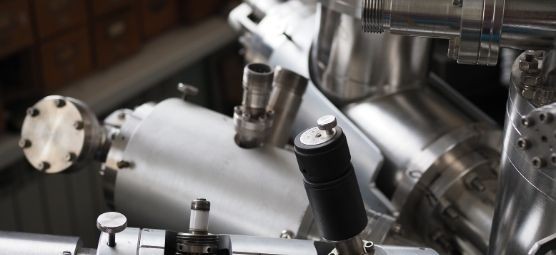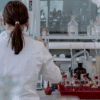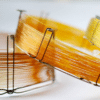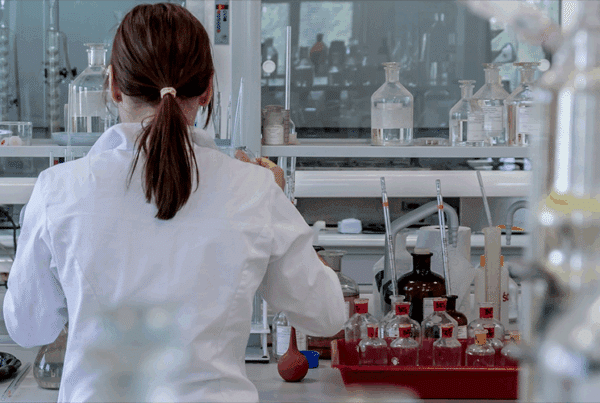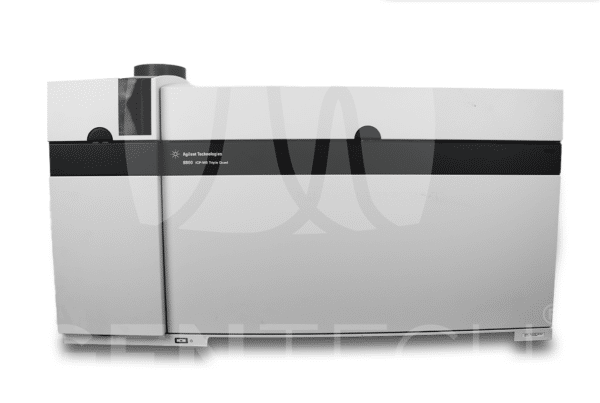Back in the early 1900s, F.W. Aston founded the principles of a modern mass spectrometer, and we still use these devices to this day. However, many people that use them don’t know the components that make them work. We’re going to dive into the components of a mass spectrometer here. But first, let’s briefly cover what mass spectrometers do.
What is a Mass Spectrometer Used For?
In simple terms, mass spectrometry is a method commonly used in labs to measure the mass-to-charge ratio of molecules. This process occurs by inserting a substance into the spectrometer, which then turns atoms into ions, also known as ionization. This way it separates the two, and the ions then enter an electric field through a vacuum into a magnetic field. By separating the two from each other, it allows the lab technician to measure the electric charge of the ions based on how they bend. This data then goes to a detector to record the mass per charge. So what makes all this work?
The Components of a Mass Spectrometer
1. Sample Inlet
At this stage, the lab technician will decide how much of a substance they would like to measure. It’s usually much less than most would expect, but these machines are complex enough to sort through molecules of the smallest of samples.
2. Ion Source
The ion source is really where the ionization process begins. This process can occur a couple of different ways depending on the lab technician’s goal during testing. First is electron ionization, which is a highly fragmented process, and because of this, it’s also known as hard ionization. The other common process is matrix-assisted laser desorption/ionization, better known as MALDI, and this is a soft ionization process with little fragmentation.
3. Analyzer
Once the ionization process occurs, the output can enter the mass spectrometer. From here, the ions will separate according to their mass, which is determined once they enter the magnetic field. Once they’re separated, the lab technician can measure the fragmented ions through an additional analyzer, which allows for digital conversion for the detector.
4. Detector
At this point, the technician will begin collecting data through a detector. Additionally, most machines are directly linked to a computer to save data efficiently, so the technician won’t have to manually transcribe the data.
Here at GenTech Scientific, we’ve set the standard as experts in refurbished lab equipment and analytical instrument repair. Our team has over 100 years of combined industry experience, and we’re dedicated to providing the best products and services at the best price. Contact us today for more information!

